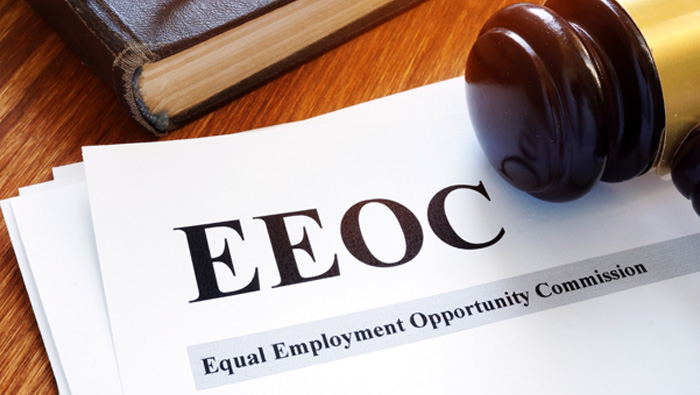On January 29th, 2024, the U.S. Equal Employment Opportunity Commission (EEOC) launched what is known as the REACH initiative (Initiative). Specifically, the agency named the new program “Enhancing OutREACH to Vulnerable Workers and Underserved Communities.” In summary, the REACH initiative is a multi-year effort that focuses on ensuring that the EEOC’s outreach and education efforts effectively reach specific workers. According to the EEOC, those workers are often the least likely to seek the agency’s assistance despite their needs. Previously, in November 2023, the agency reported that it filed nearly twice the number of systemic lawsuits compared to the past three fiscal years. Markedly, this move signaled a solid commitment to maximizing impact and addressing widespread discriminatory practices.
Overview of the REACH Initiative
The REACH initiative generally strives to prevent and remedy unlawful employment discrimination. Significantly, the EEOC believes it can stop that discrimination by ensuring workers have access to services and know their rights. Indeed, by making the agency more accessible to those historically underserved, the Initiative advances fair and inclusive equal opportunity workplaces.
Additionally, the REACH initiative advances the EEOC’s Strategic Plan for Fiscal Years 2022-2026’s Objective II.A. That objective ensures that “[m]embers of the public are aware of employment discrimination laws and know their rights and responsibilities under these laws.” The Initiative also furthers the EEOC’s Strategic Enforcement Plan for Fiscal Years 2024-2028 (SEP). The SEP prioritizes protecting vulnerable workers and persons from underserved communities from employment discrimination. The SEP identifies vulnerable workers as including:
- immigrant and migrant workers and workers on temporary visas;
- people with developmental or intellectual disabilities;
- workers with mental health-related disabilities
- individuals with arrest or conviction records;
- LGBTQI+ individuals;
- temporary workers;
- older workers;
- individuals employed in low-wage jobs, including teenage workers;
- survivors of gender-based violence;
- Native Americans/Alaska Natives; and
- persons with limited literacy or English proficiency.
Particularly, the types of workers listed above may be unaware of their rights under equal employment opportunity laws. They also may be reluctant or unable to exercise their legally protected rights or have historically been underserved by federal employment discrimination protections.
Contents of the REACH Initiative
Specifically, under the Initiative, the EEOC will:
- Hold in-person and virtual listening sessions with various stakeholders in different areas nationwide to examine how the agency can bolster its efforts to reach vulnerable and underserved communities. Chiefly, it will do this by identifying existing barriers to reporting discrimination and soliciting recommendations on how to serve these populations better.
- Review and evaluate existing research and recommendations on effective outreach strategies, tools, and methods to inform employers about the Initiative.
- Identify best practices for reaching vulnerable and underserved communities. Also, the EEOC will consider how to develop an increased presence in rural areas and areas far from physical agency office locations.
- Develop recommendations to present to the EEOC Chair for enhancing outreach efforts.
Employer Takeaways
In conclusion, the release of the REACH initiative should be of great importance to employers who fall under EEOC jurisdiction. As a result of the Initiative’s launch, the EEOC will be actively asking employees about possible workplace discrimination events. By focusing on vulnerable and historically underserved workers, the agency will explain workers’ rights to those who may not have been aware that the particular harassment and discrimination laws existed. Consequently, this could open up more lawsuits and fines against employers. Even if an employer has less than 15 employees (the federal EEOC’s current compliance threshold), employers could be at risk for future litigation depending on state or local laws. Accordingly, businesses should ramp up compliance efforts to protect all employees from discrimination and fear of retaliation. Employers should also examine current policies and handbooks to remove any rules that workers could consider discriminatory.

